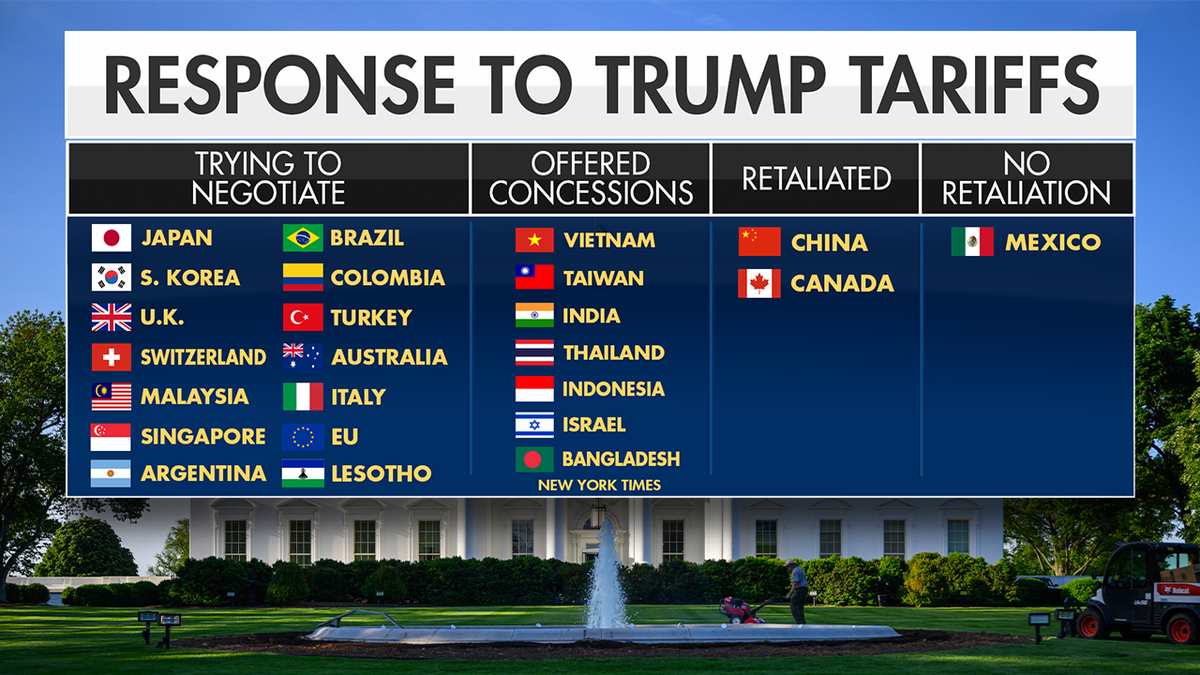Scott Bessent's Strategic Tariff Philosophy: Threats Over Implementation

This analysis is based on the Yahoo Finance short video [0] published on November 5, 2025, featuring U.S. Treasury Secretary Scott Bessent’s strategic perspective on tariff policy.
Integrated Analysis
Strategic Trade Philosophy: Bessent’s statement “Sometimes, the best tariffs are the ones that never get enforced” represents a sophisticated application of game theory in international trade policy [0]. This approach prioritizes the credibility of threats over their execution, potentially achieving policy objectives while minimizing economic disruption. The philosophy aligns with Bessent’s broader negotiation strategy, where he has emphasized that tariff threats can create leverage without necessarily requiring implementation [1].
Legal and Timing Context: The statement emerges during a critical period as the Supreme Court considers Learning Resources, Inc. v. Trump, which challenges the scope of presidential tariff authority under IEEPA (International Emergency Economic Powers Act) [1]. Bessent has indicated plans to attend these arguments and has emphasized the necessity of emergency powers for situations like the rare earth minerals crisis. This timing suggests his statement may be part of a broader effort to articulate the strategic rationale behind expanded presidential trade authority.
Practical Application in U.S.-China Relations: The approach has been evident in recent negotiations where threatened tariffs helped secure cooperation. Bessent noted that President Trump “was able to use his IEEPA emergency powers to threaten 100 percent tariffs, bring the Chinese to the table” [1]. This strategy appears to be yielding diplomatic dividends, with recent agreements that “set back some of the most onerous tariffs the two sides had slapped on each other” [1].
Key Insights
Economic Efficiency vs. Negotiation Effectiveness: Bessent’s philosophy reveals a calculated balance between achieving policy objectives and minimizing economic costs. By maintaining credible threats while avoiding implementation, the administration can potentially reduce inflationary pressure, preserve diplomatic relationships, and maintain flexibility for future negotiations.
Market Implications: The timing coincides with relatively stable market conditions, with Asian markets showing positive performance (Shanghai Composite +0.23%, Shenzhen Component +0.37%) [0]. This suggests markets are not currently pricing in major tariff escalation risks, possibly reflecting confidence in this strategic approach.
Business Planning Uncertainty: While this approach may avoid worst-case tariff scenarios, it creates ongoing uncertainty for international trade companies. The strategic ambiguity requires businesses to prepare for various outcomes while engaging proactively with trade policy objectives.
Innovation in Trade Policy: This represents a departure from traditional tariff implementation strategies, potentially establishing a new paradigm where the threat of economic measures becomes as valuable as their actual application. The success of this approach could influence future trade policy across administrations.
Risks & Opportunities
Strategic Risks:
- Credibility Erosion: If trading partners begin to doubt the willingness to implement threatened tariffs, the negotiating leverage could diminish over time
- Legal Challenges: The Supreme Court’s decision on presidential tariff authority could significantly impact the administration’s ability to maintain credible threats
- International Perception: Trading partners may view this approach as unpredictable, potentially affecting long-term trade relationship stability
Opportunity Windows:
- Negotiation Flexibility: This approach provides maximum flexibility to adjust policy based on economic conditions and negotiation progress
- Economic Stability: Potential to achieve trade objectives while minimizing inflationary pressure and business compliance costs
- Diplomatic Capital: May preserve relationships with trading partners while maintaining pressure for favorable negotiations
Time Sensitivity: The immediate window of opportunity is tied to the Supreme Court’s ruling on presidential tariff authority, which could either validate or constrain this strategic approach.
Key Information Summary
Core Policy Philosophy: Bessent advocates for using tariff threats as strategic negotiation tools rather than primarily as revenue-generating measures or protectionist instruments [0, 1].
Legal Framework: The approach relies on expanded presidential authority under IEEPA, currently subject to Supreme Court review in Learning Resources, Inc. v. Trump [1].
Recent Applications: The strategy has been employed in U.S.-China negotiations, particularly regarding rare earth minerals, where threatened 100% tariffs helped bring parties to the table without full implementation [1].
Market Context: Current market stability suggests investors are not pricing in major tariff escalation risks, possibly reflecting confidence in measured trade policy approach [0].
International Relations: Recent diplomatic developments, including Trump-Xi meetings, suggest this strategic approach may be facilitating progress while maintaining negotiation leverage [1].
数据基于历史,不代表未来趋势;仅供投资者参考,不构成投资建议
